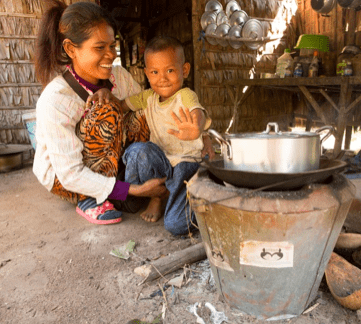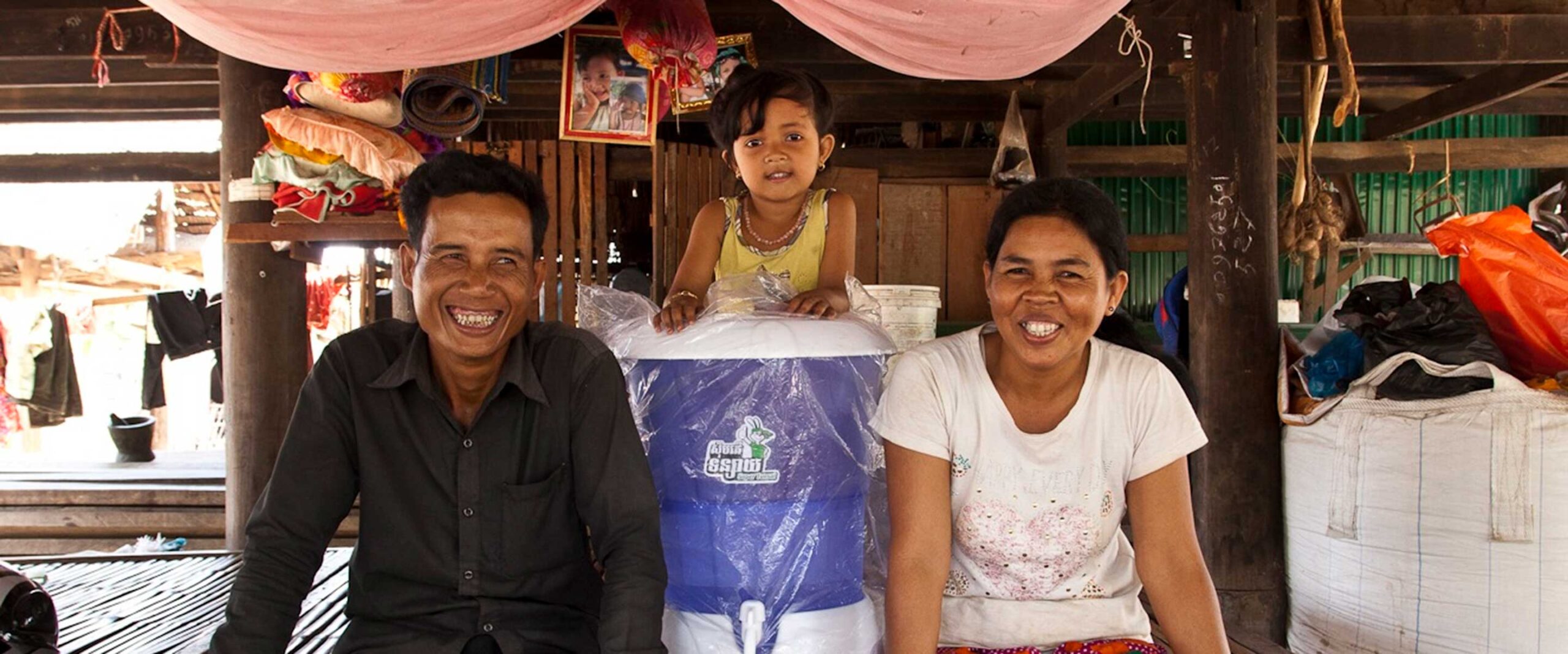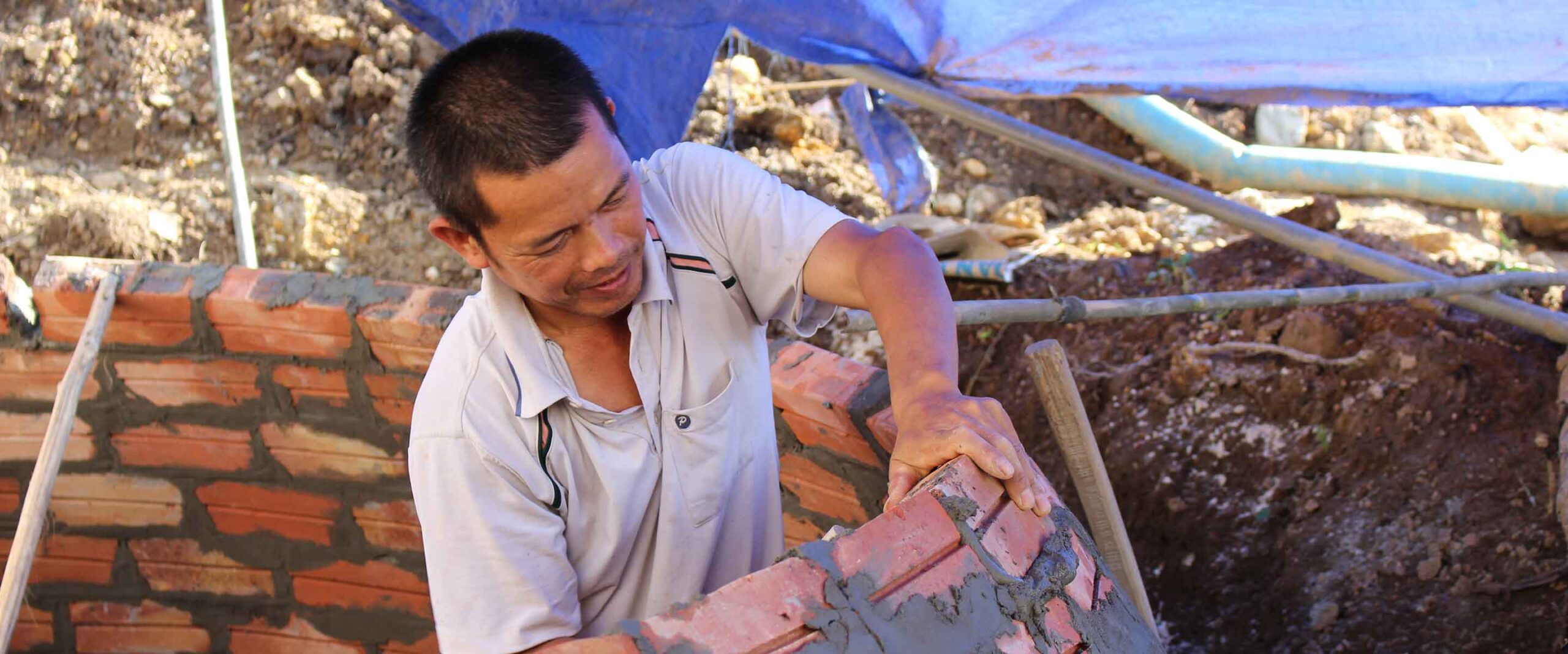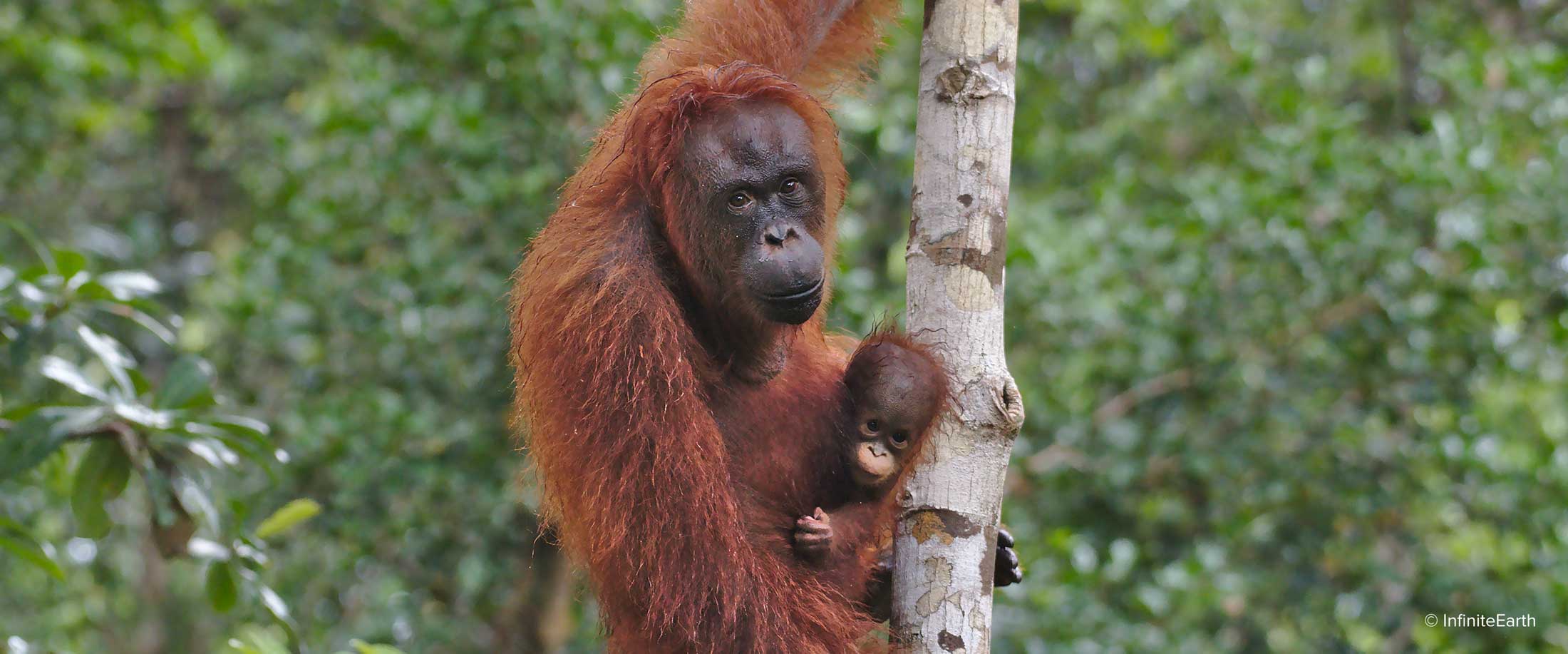
This project is conserving a biodiverse peat swamp forest in Indonesian Borneo that was slated for conversion to palm oil plantations. Along with protecting this carbon rich ecosystem, the project supports the reintroduction of critically endangered orangutans into their wild habitat. By addressing issues such as poverty, hunger, and disease,...
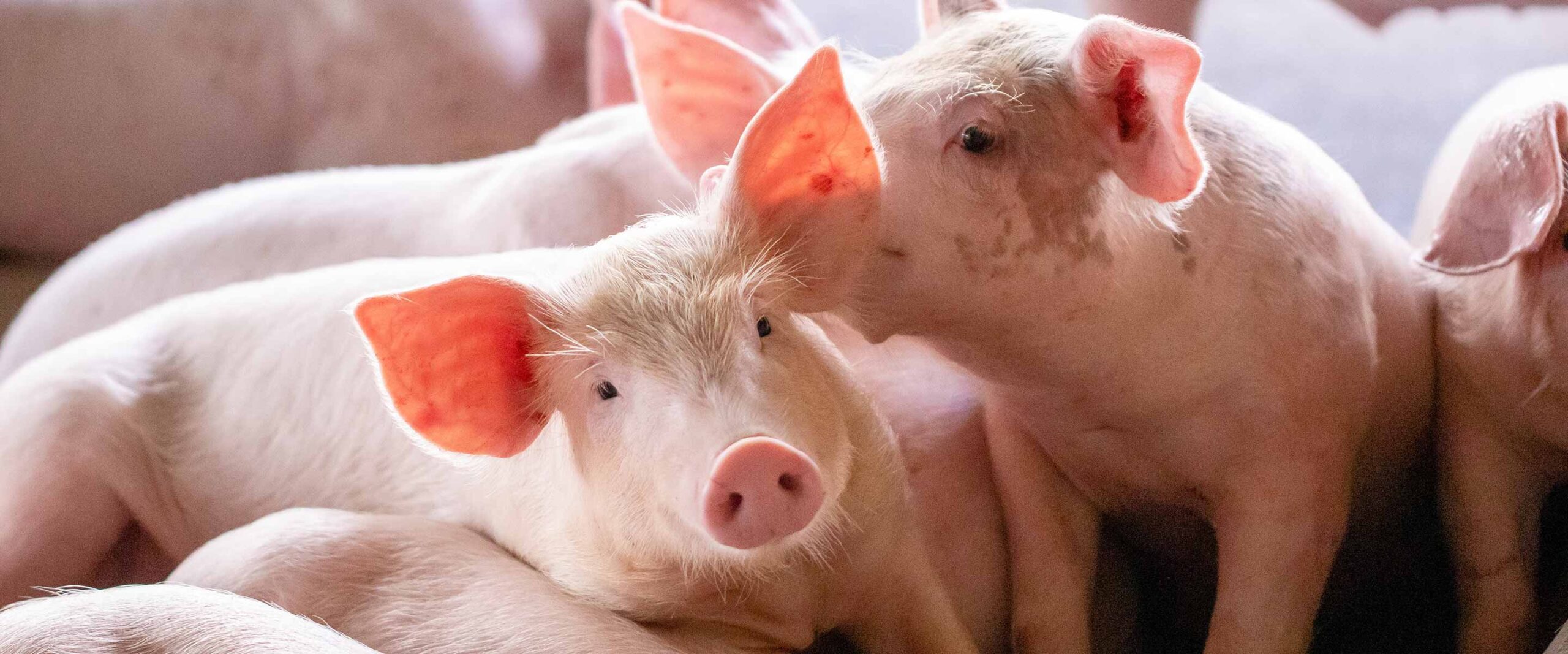
This project is generating renewable energy from pig manure in Thailand. By capturing methane and generating electricity from biogas, this project reduces the amount of greenhouse gas emissions produced by pig farming. Furthermore, the new treatment system provides an affordable source of fertilizer while lessening pollution and other negative impacts...
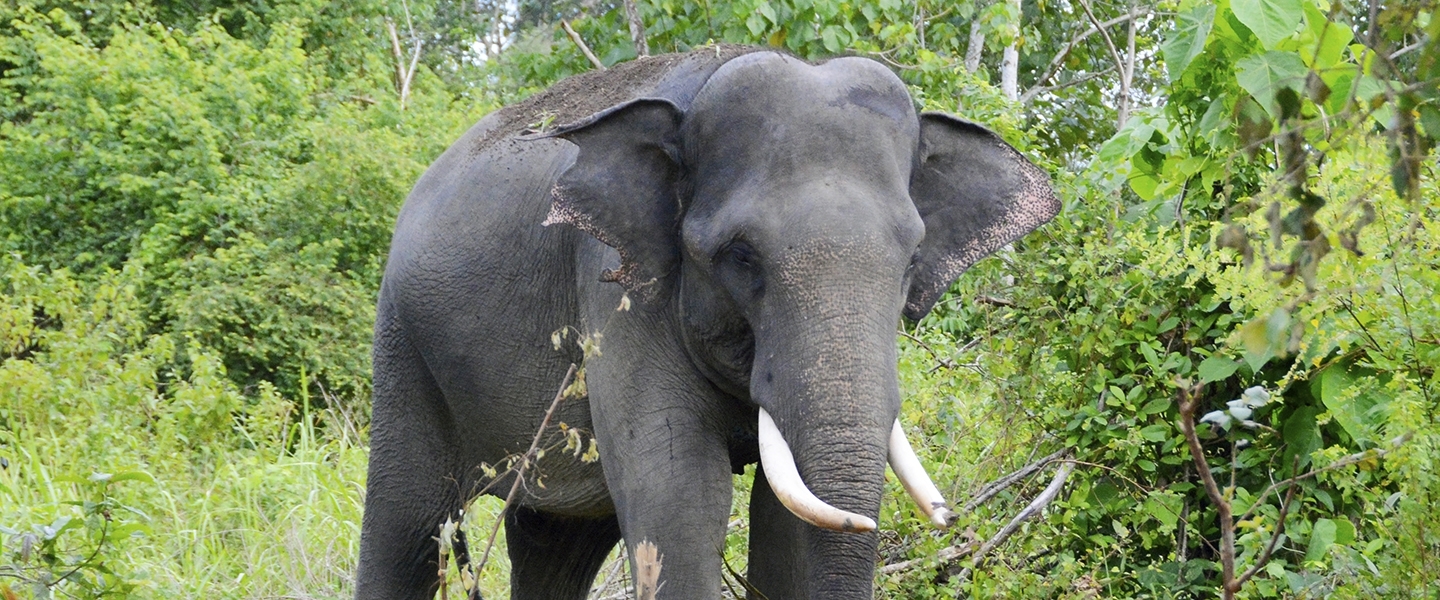
Increasing the perceived value of forest conservation through ecotourism development Made up of over 17,000 islands dotting the Pacific and Indian Oceans, Indonesia is a country with rich natural and cultural wonders. From dense rainforests and towering volcanoes, to picturesque mountain valleys and secluded stretches of beach, Indonesia possesses some...
